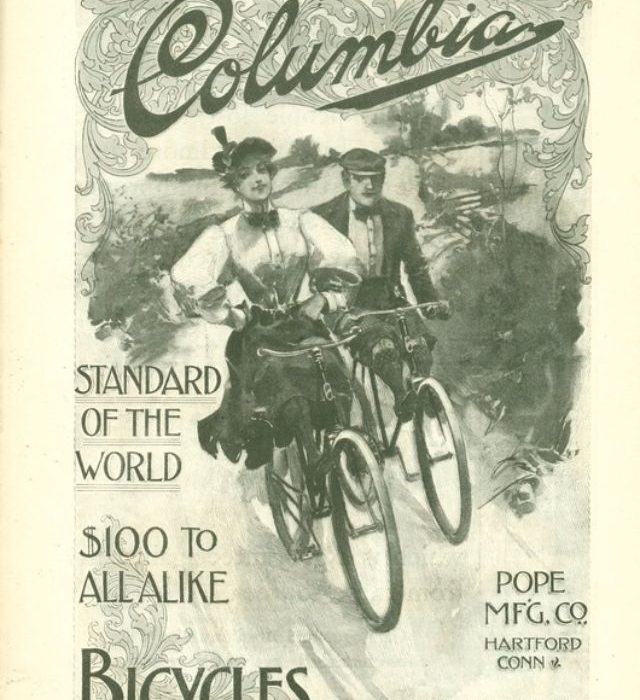
This year marks the two hundredth anniversary of the birth of the bicycle. The German draisine in fact dated 1817, the first means of transport with two wheels arranged consecutively.
The term bicycle was coined in France in the 1860s. But it’s only in the late 1890s that bicycles became very popular among elites and the middle class in Europe and North America.
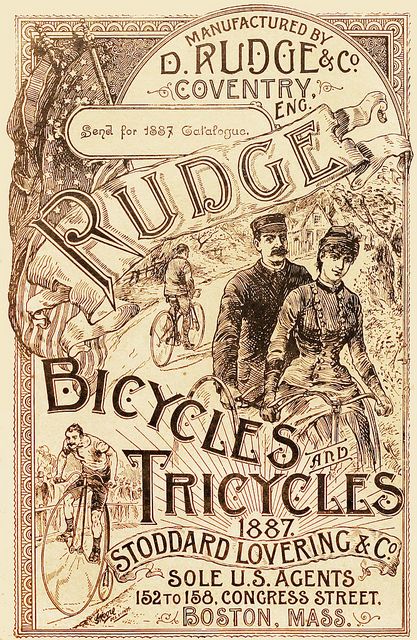
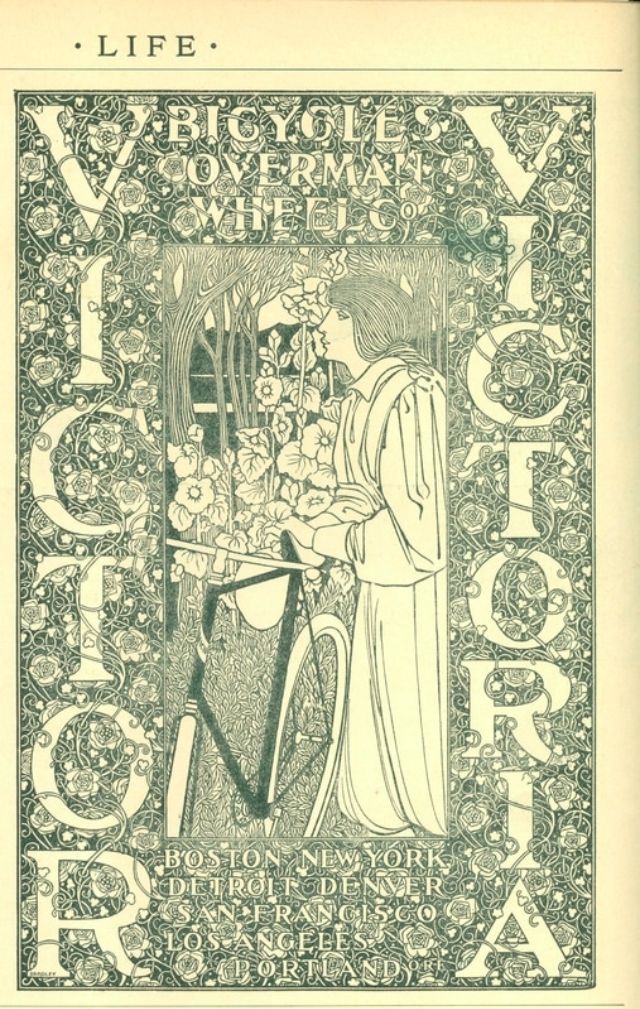
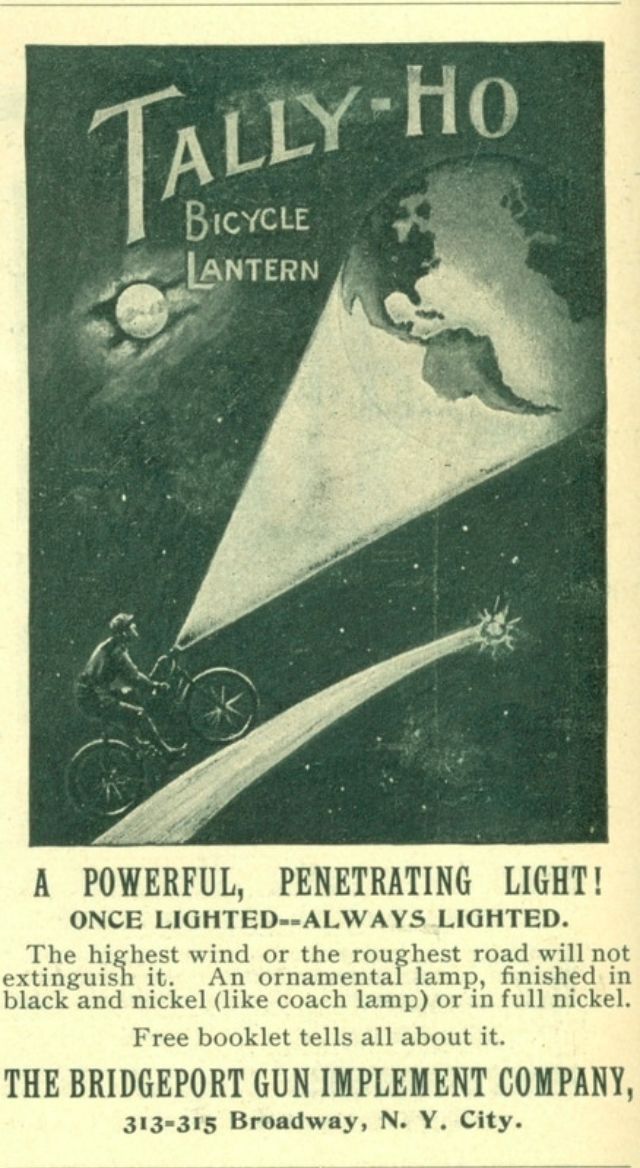
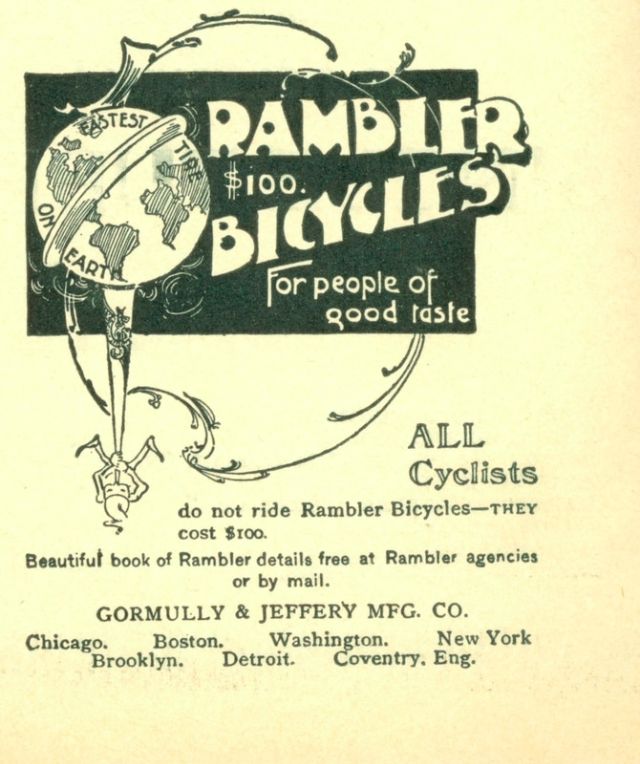
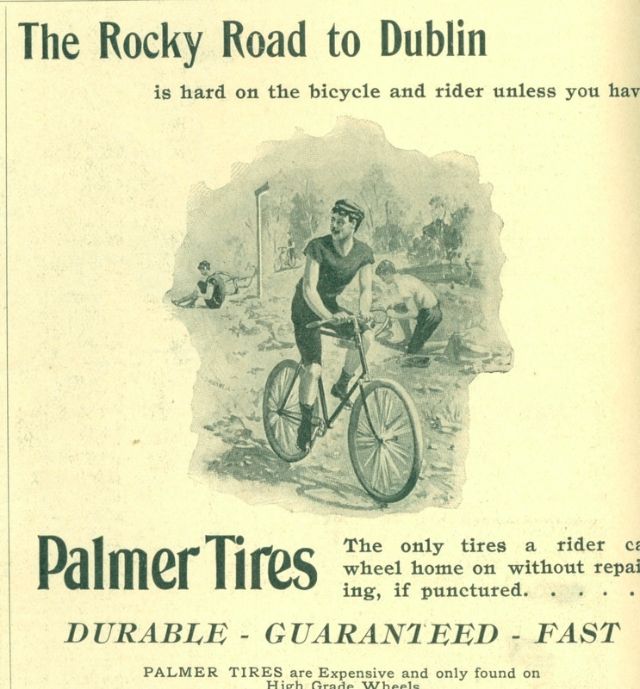
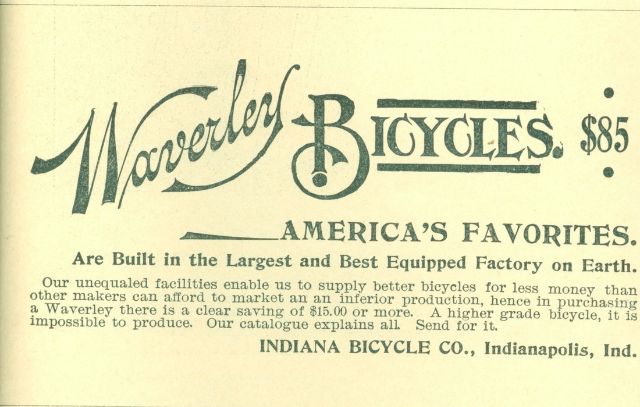

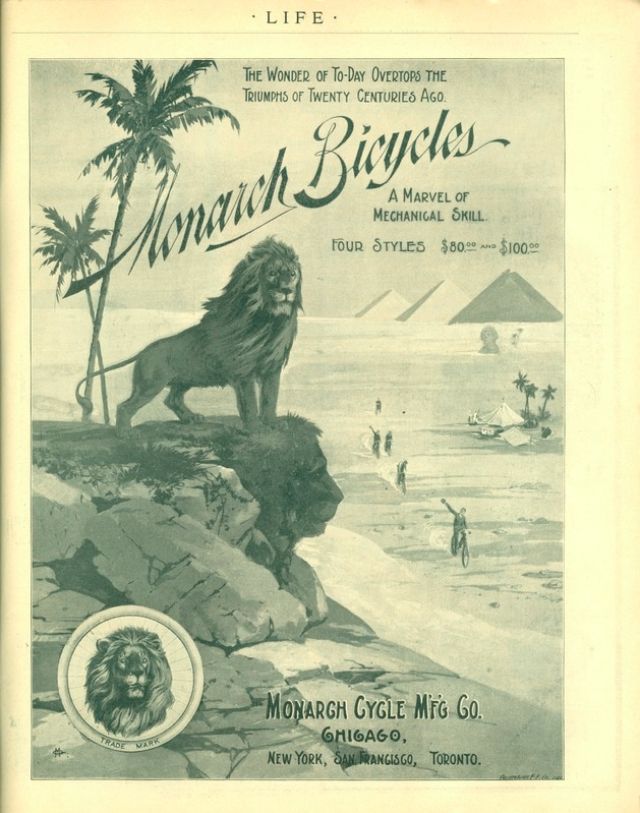

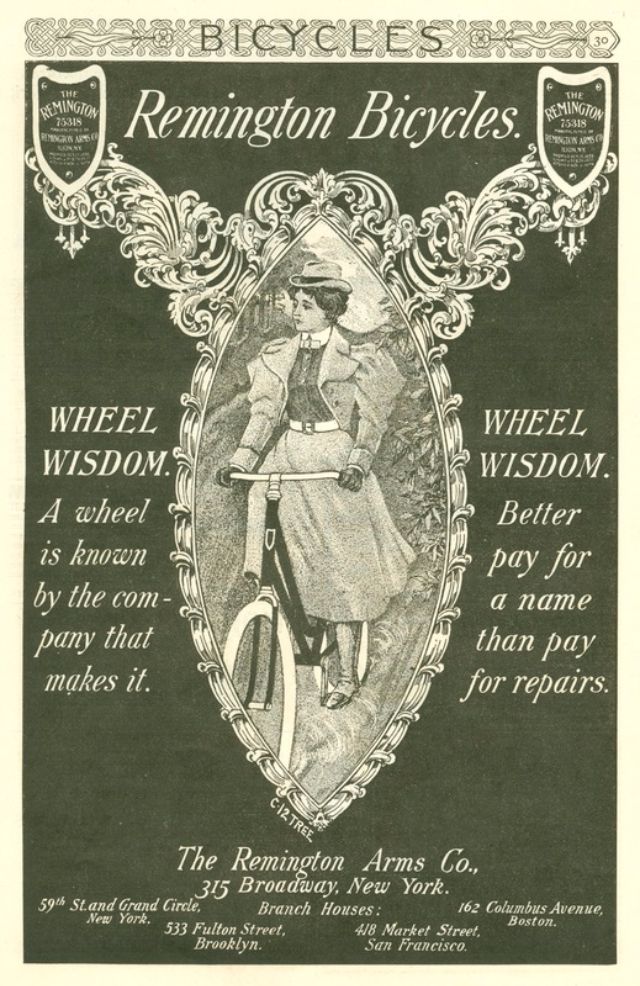
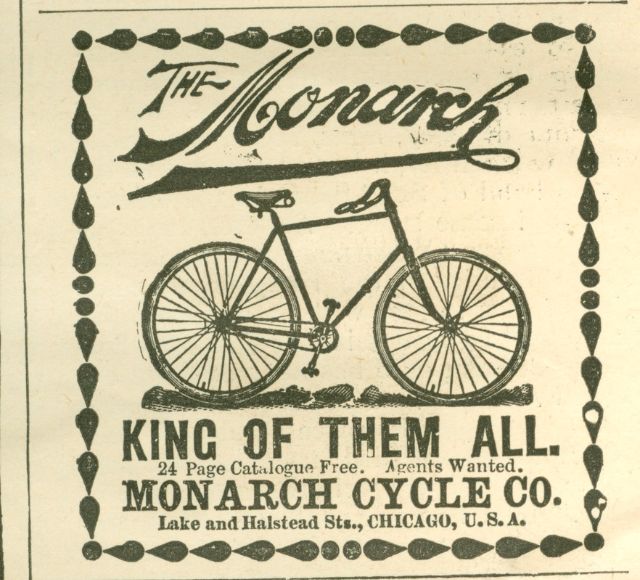
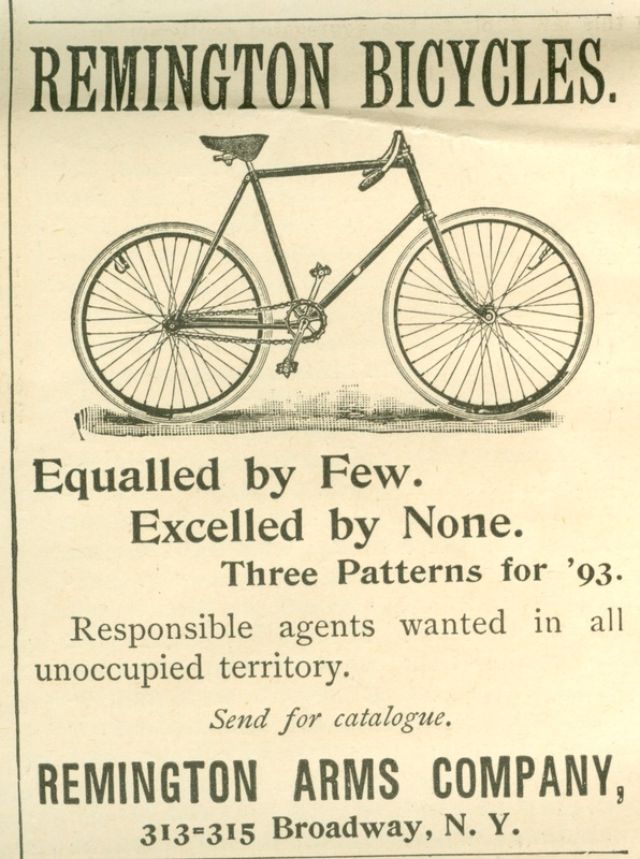
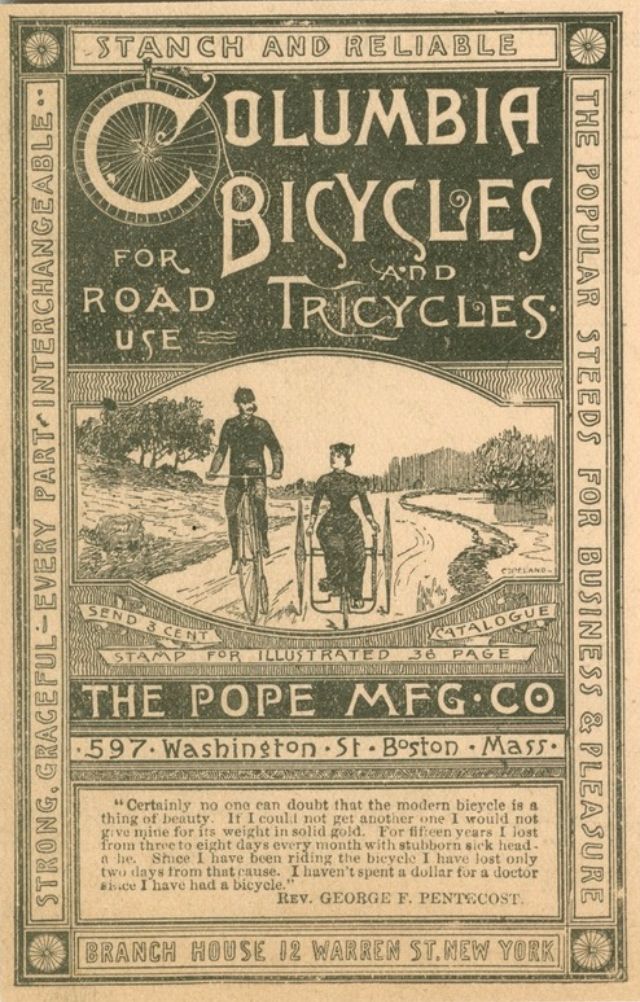

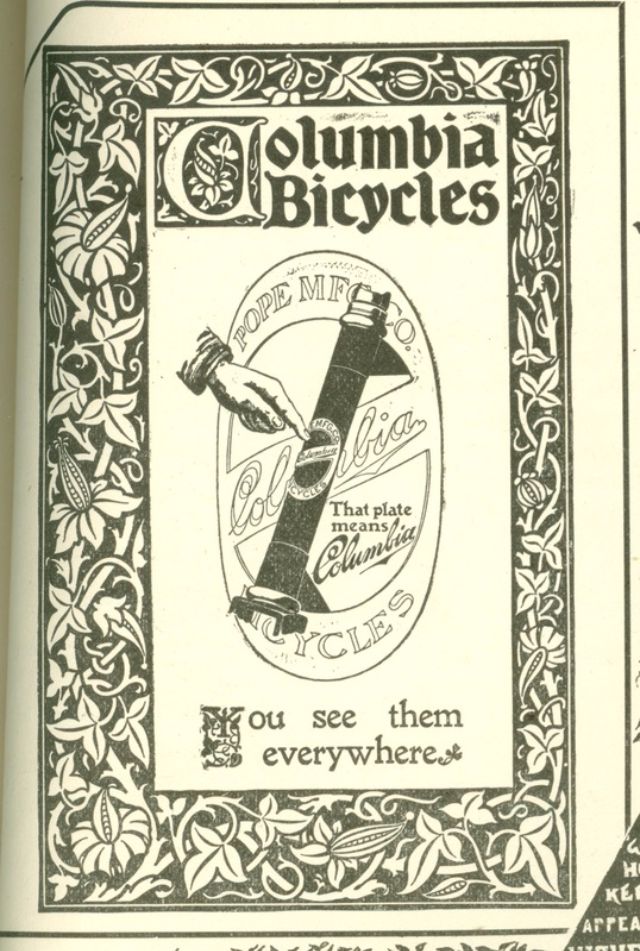
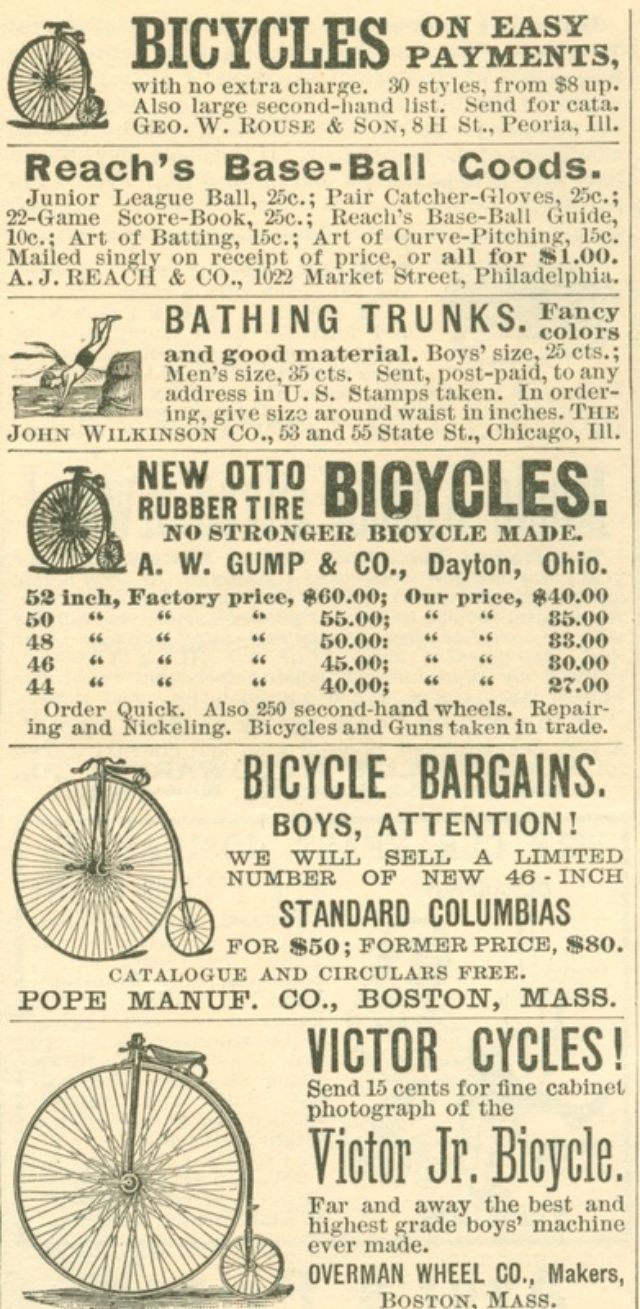
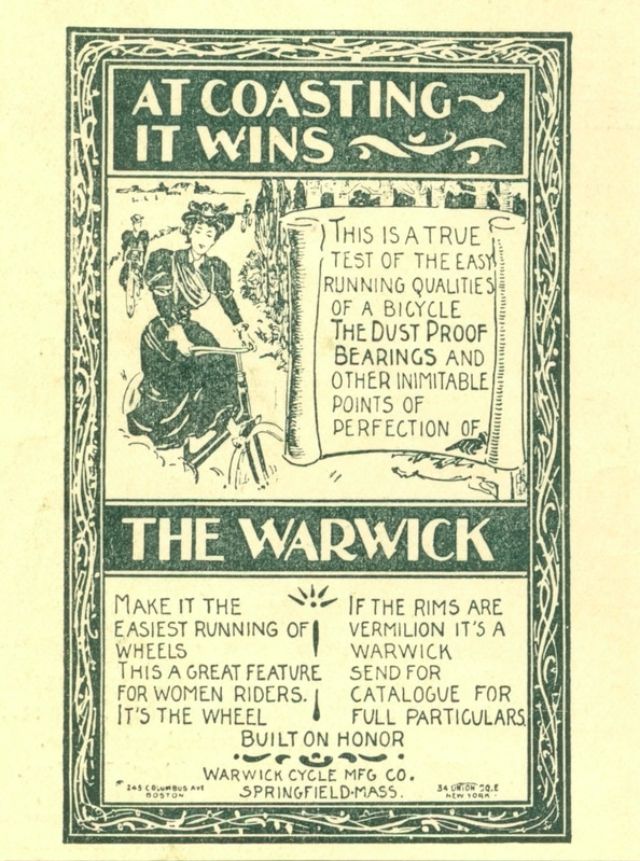

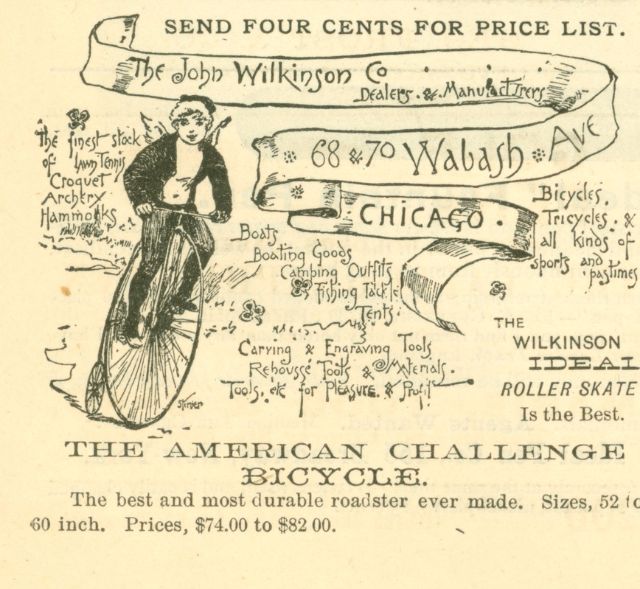
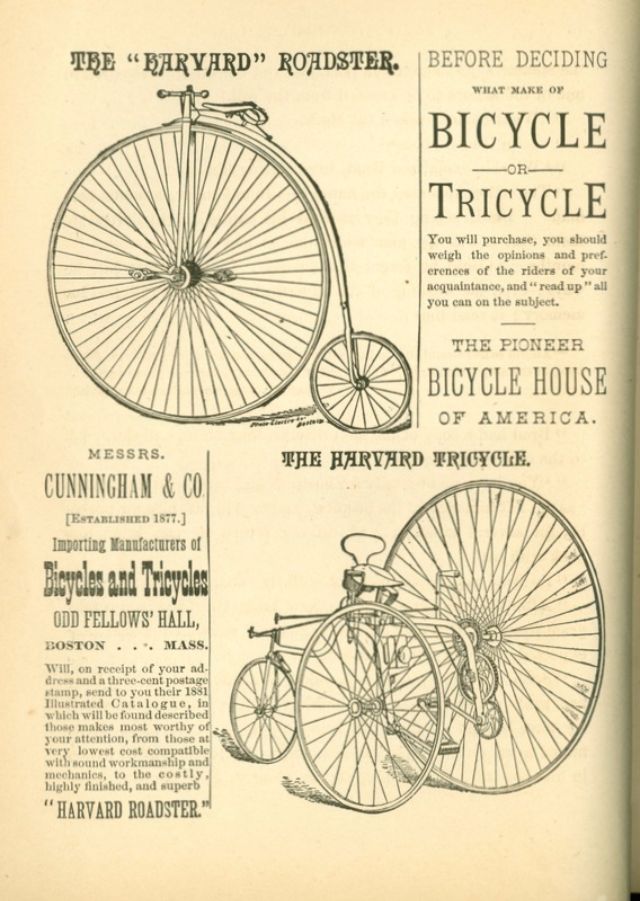
The whole history of the bicycle is intertwined with the struggles and achievements of women but it is only since then that the women took the bicycle as a symbol of their future emancipation.
In the austere Victorian era, bicycle was considered not suitable to women but only to men that with great athleticism and virility dominated the impressive size. The position, the movement of the garments in the saddle up, the easy and acrobatic falls were not compatible with etiquette and morality.
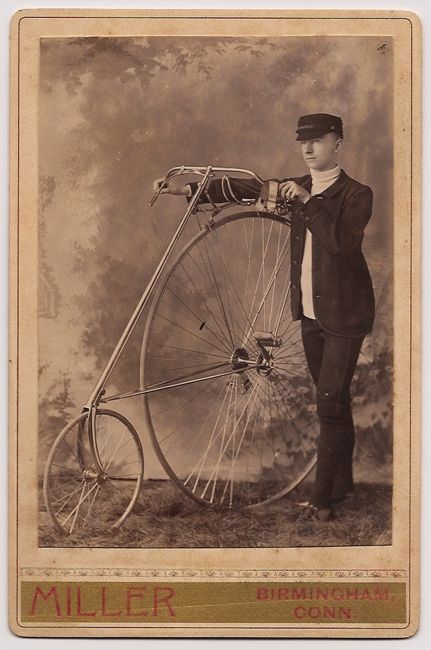
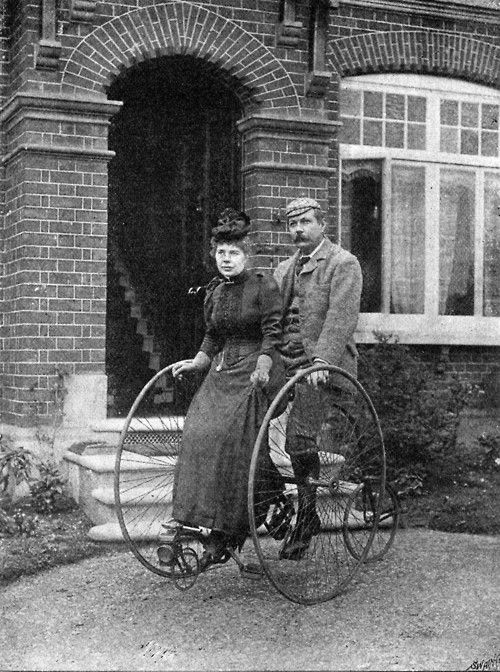
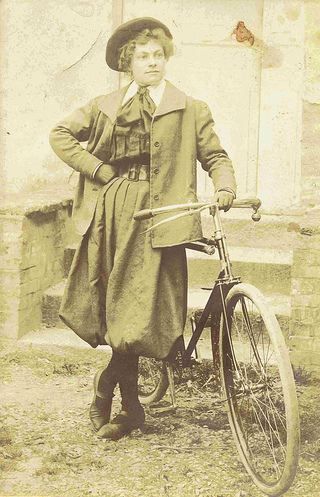
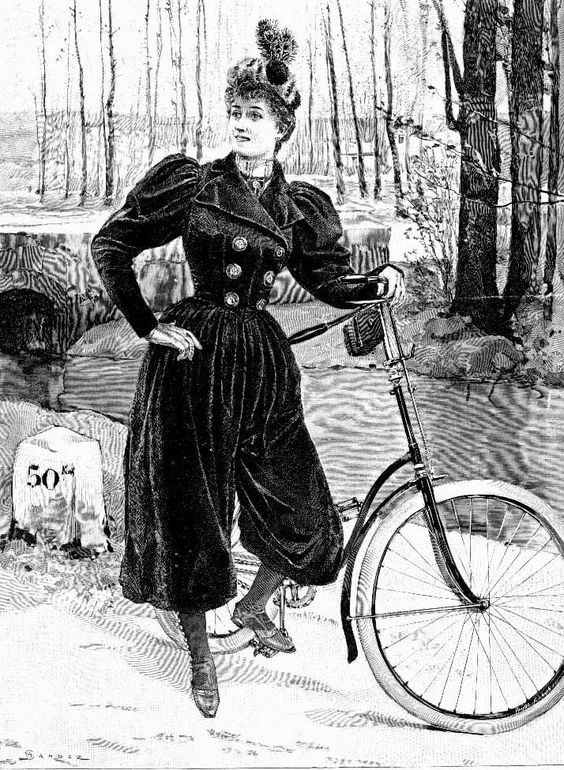
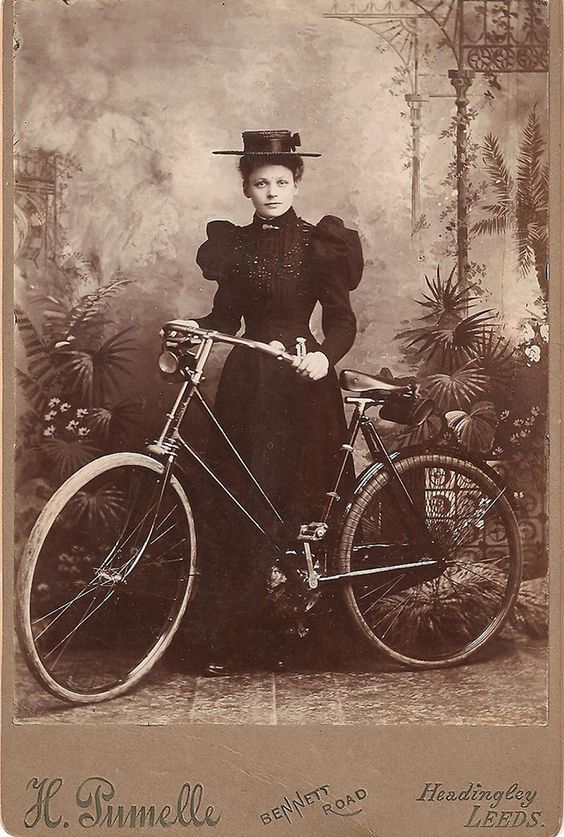
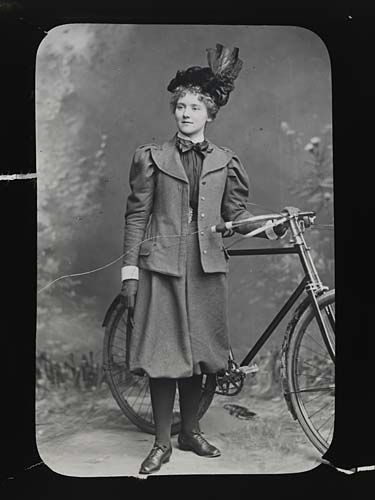
When the size of the wheels became smaller, fashion designers began to consider outfits suitable for ladies riding. It was suggested the “rational dress” for cyclists: long pants, wide up to the knee, and close lower, suitably covered by a short overcoat in order not to impede pedaling but long enough not to discover the legs. Gray was the color suggested to make sure that the rider proves unobtrusive as possible. When some young ladies had the audacity to get on their bikes wearing trousers for men, the self-righteous even called into question the protection of public morals. But nothing hindered the achievement of complete “cycle emancipation” of women over time.
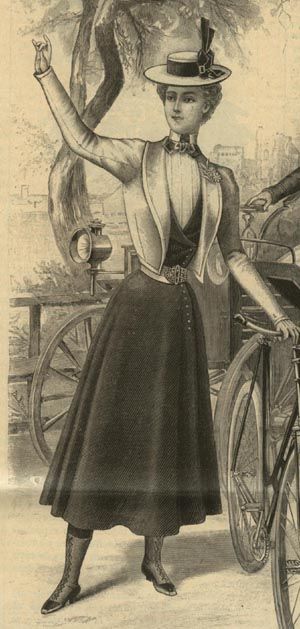
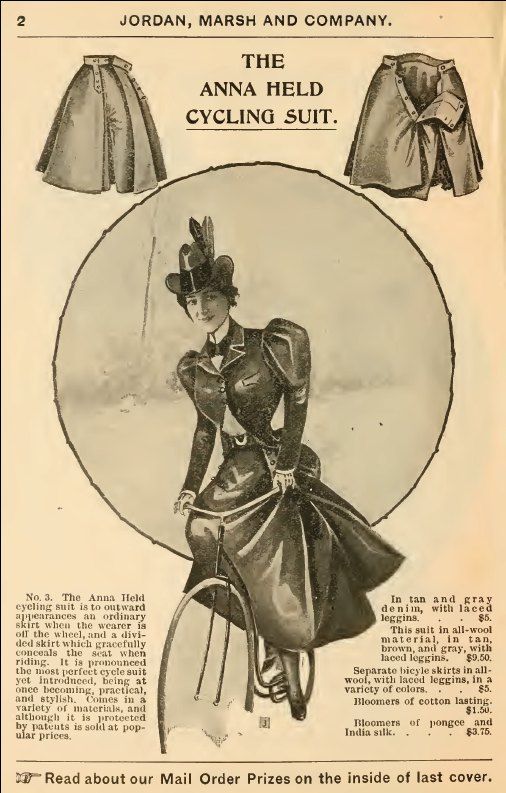
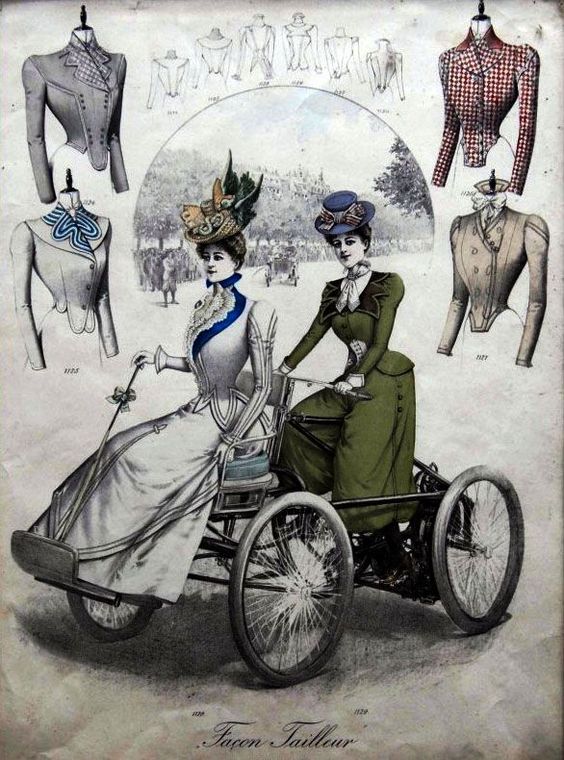
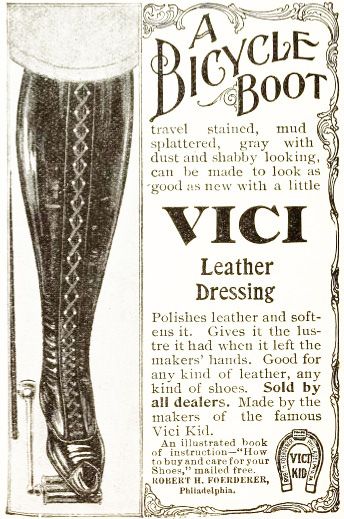
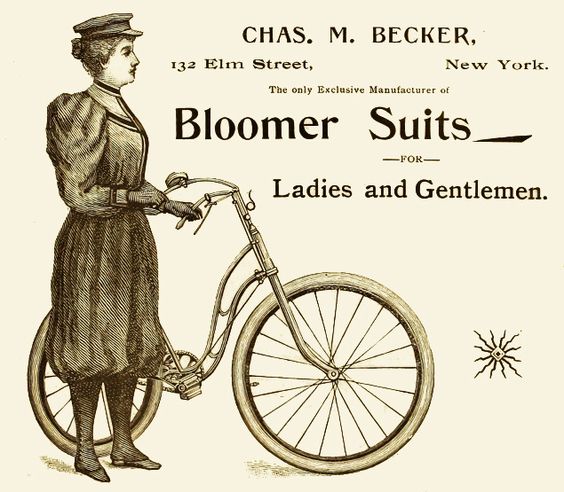
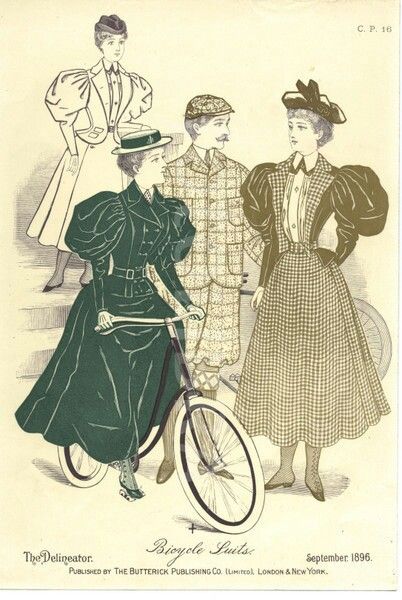
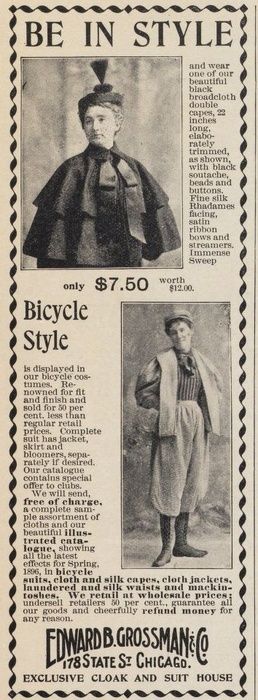
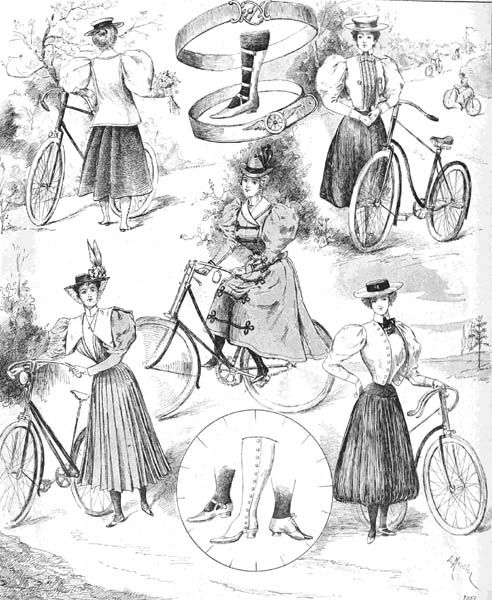
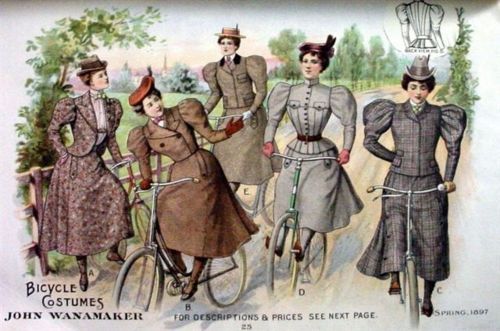
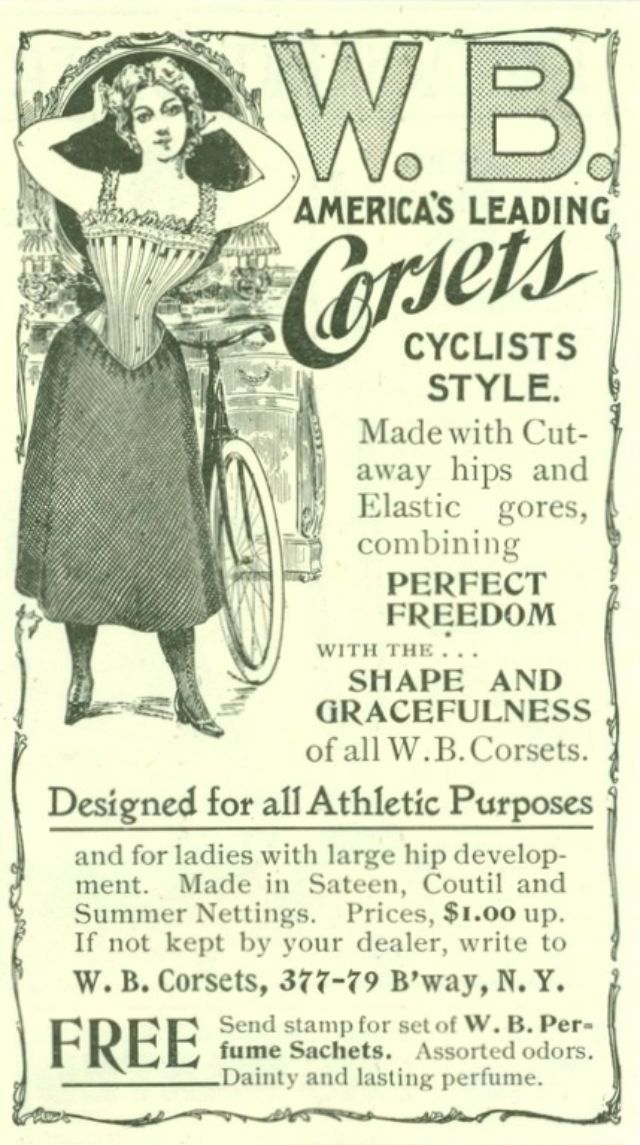
Thanks to This Victorian Life

